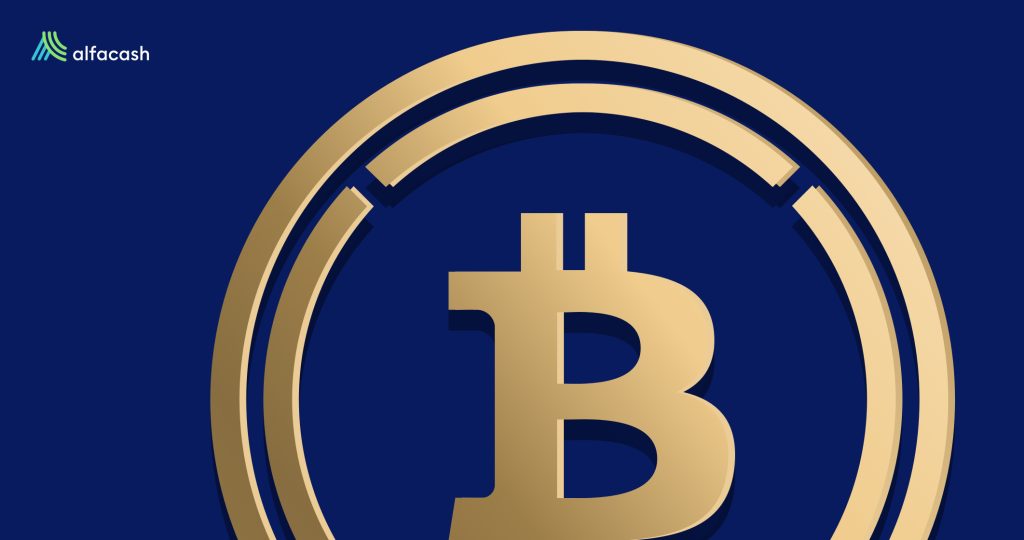If you are visiting another country, in most cases, you will not be able to spend your currency in local stores directly. Instead, you must visit an exchange house that converts your money into local currency to trade as a tourist. In the case of block chains, something similar happens; for this, there are Wrapped Tokens.
Blockchains are separate systems with no direct communication. The Bitcoin (BTC) protocol has no way of knowing what transactions occur on the Ethereum (ETH) chain. This is why you cannot use BTC directly on Ethereum and vice versa.

Therefore, they need different tools, such as bridges and Wrapped Tokens, to exchange value. Wrapped tokens are crypto assets that allow the value of the native asset to be transferred from one blockchain to another.
The best-known Wrapped Token in the crypto market is Emballé Bitcoin (wBTC). It was one of the early developments of Bitcoin DeFi. wBTC is pegged 1:1 to the price of Bitcoin (BTC). Thus, each wBTC should always be equal to one BTC. wBTC is available as Ethereum’s ERC-20 or Tron’s (TRX) TRC-20.
Currently, there are around 24 Wrapped Tokens listed on CoinMarketCap, including renDOGE (the wrapped DOGE token), wBNB (the wrapped BNB token), and wMATIC (the wrapped MATIC token).
How Wrapped Tokens work
Token wrapping is basically exchanging the value of a cryptocurrency for a token in an equal amount through a contrat intelligent that locks in and sends funds. Thus, the smart contract locks the funds on the source blockchain and reflects them on the destination blockchain.
Let’s think of coins and bills, for example. If you’d like to use a soda vending machine that doesn’t accept bills, you can exchange a dollar bill for multiple coins. These coins would still have the value of one dollar but would be compatible with the vending machine. Wrapped Tokens work similarly.
Minting and burning
Minting and burning are the processes of creating or destroying Wrapped Tokens. For example, if you want to mint eight wBTC, you send the amount in the underlying asset (eight BTC in this case) to a custodian. The custodian stores the eight BTC in a digital vault and locks the funds. The smart contract then proceeds to mint one of the eight wBTC equivalents.
To burn eight wBTC or return the funds to BTC, it’s the same process but in reverse. Thus, the smart contract removes eight wBTC from circulation and releases eight BTC from the digital vault that can circulate again in the Bitcoin network.

wBTC works through a DAO (Decentralized Organization) that decides on protocol updates and changes. The DAO also decides who are the merchants and custodians in the ecosystem. The merchants initiate the minting or burning of WBTC tokens, performing KYC and AML processes. Custodians hold the initial BTC and mint or burn tokens on the Ethereum or Tron blockchain.
… and the double spend?
In the case of wBTC, the protocol takes care of the detail of the entire minting/burning process. Thus, to mint wBTC, the transaction must have a minimum of 6 confirmationsIn Bitcoin and other cryptocurrencies, a transaction is confirmed (valid) when it’s included in a block. Each new block adds... Plus in the Bitcoin network.
On the other hand, to burn wBTC, 25 confirmations are necessary in the Ethereum network. This way, the wBTC protocol protects itself from double spending attacks.
You must bear in mind that wBTC is a centralized project with a federated DAO, so bypassing your funds to this chain, you would be losing the decentralization that Bitcoin provides.
By November 2022, there are around 236k wBTC in circulation. This means that 236k BTC locked in digital vaults allowed this amount of wBTC to be minted.
Wrapped tokens or stablecoins?
Stablecoins like Tether (USDT) and USD Coin (USDC) have a 1:1 ratio to the US dollar. But, unlike stablecoins, Wrapped Tokens are related to other cryptocurrencies since they allow interoperability between blockchains.
Furthermore, what makes Wrapped Tokens possible is the smart contract technology behind it. Likewise, these types of tokens are highly volatile, depending on the value to which they are anchored. For example, a wBTC was worth $55.7k in November 2021, while by November 2022, it is worth $16.5k [CoinMarketCap].
Advantages and disadvantages of this technology
Wrapped Tokens are an interop solution, sometimes increasing transaction speed or decreasing cost. In addition, they provide liquidity to the capital since they grow the options where the funds can be used.
But, not everything is favorable with the Wrapped Tokens. For example, minting the tokens involves additional fees not included when using the cryptocurrency on its original blockchain. Also, due to market volatility, these tokens may sometimes have a lower value than the original cryptocurrency.
Although Wrapped Tokens such as wBTC take particular security measures that we discussed earlier (KYC/AML and double-spend protection), cross-funding is not an entirely secure option.

Recall that in October 2022, hackers stole $570 million from the BSC Token Hub, a bridge linked to the BNB chain, causing the token to lose value rapidly. Earlier this year, the Lazarus Group also attacked a bridge and made off with $625 million.
Thus, Vitalik Buterin, the creator of Ethereum, relied on recent attacks on crypto bridges to assert that cross-chain interoperability solutions are not as secure as operating on the original chain.
We are sure that as the number of blockchains on the market increases, the need for bridges and Wrapped Tokens will increase exponentially. For this reason, security remains the main problem to overcome with this type of solution before becoming a suitable investment.
Wanna trade BTC, ETH, BNB, DOGE, and other tokens? You can do it sans encombre sur Alfacash! Et n'oubliez pas que nous parlons de cela et de bien d'autres choses sur nos réseaux sociaux.
Télégramme * Facebook * Instagram * Youtube *Twitter








